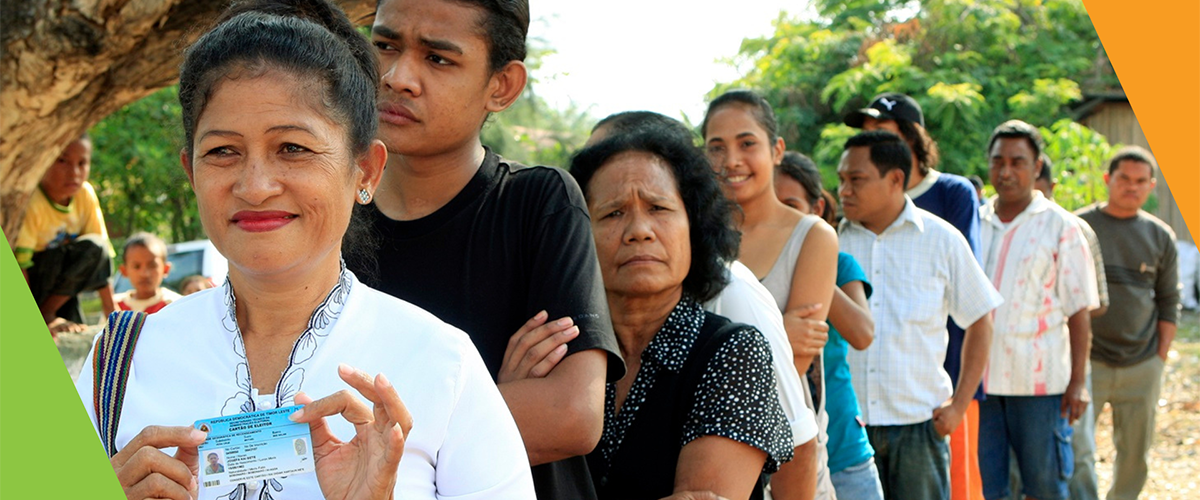The ‘Rights’ Start to Life A statistical analysis of birth registration
The objective of this study is to present available empirical evidence obtained through household surveys in order to estimate levels of registration and to understand which factors are associated with children who obtain a birth certificate, and thus realize their right to a name and legal identity. The paper presents a global assessment of birth registration levels, differentials in birth registration rates according to socio-economic and demographic variables, proximate variables and caretaker knowledge, as well as a multivariate analysis.


















